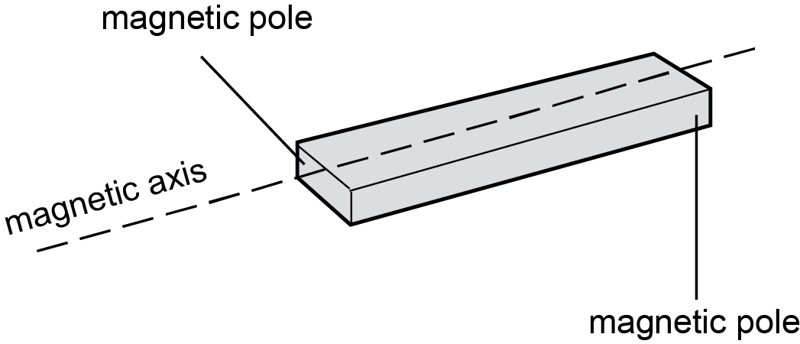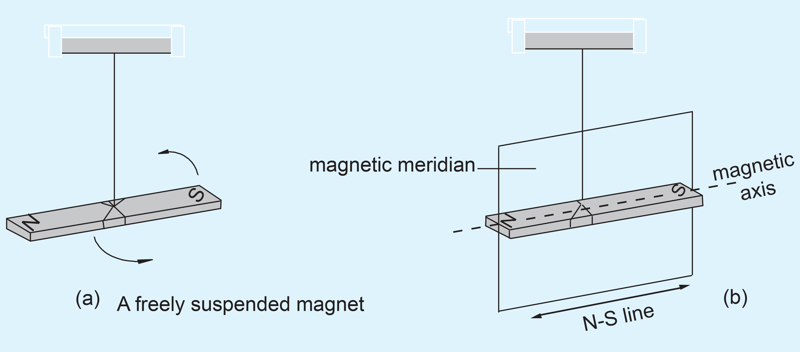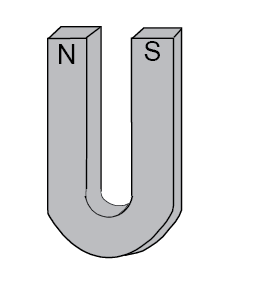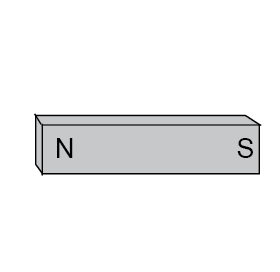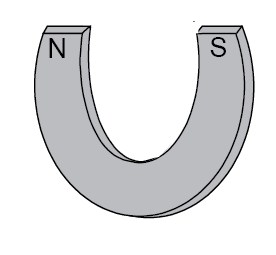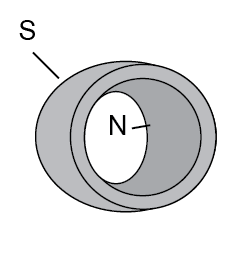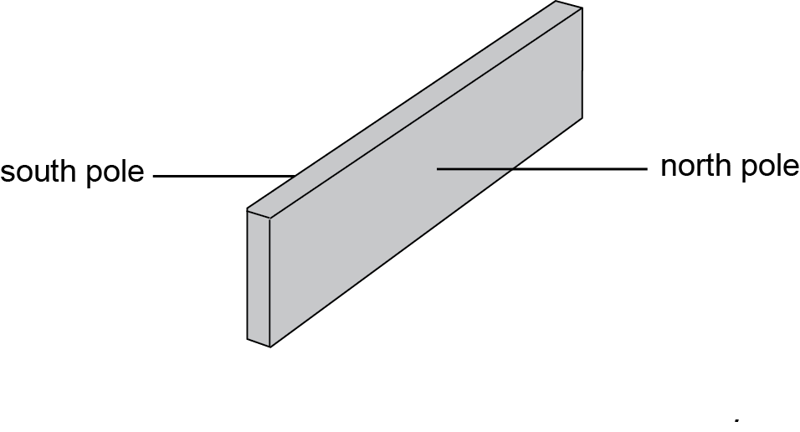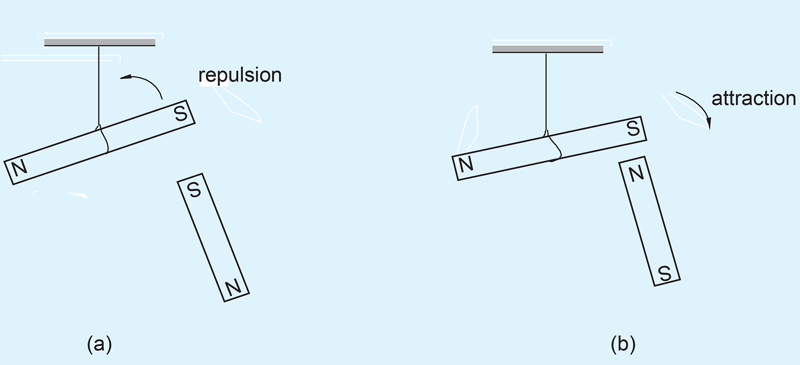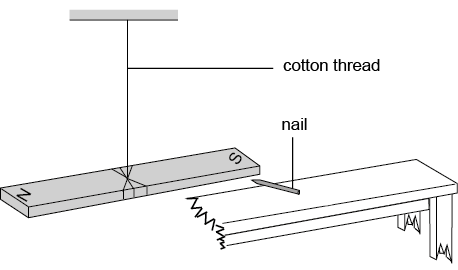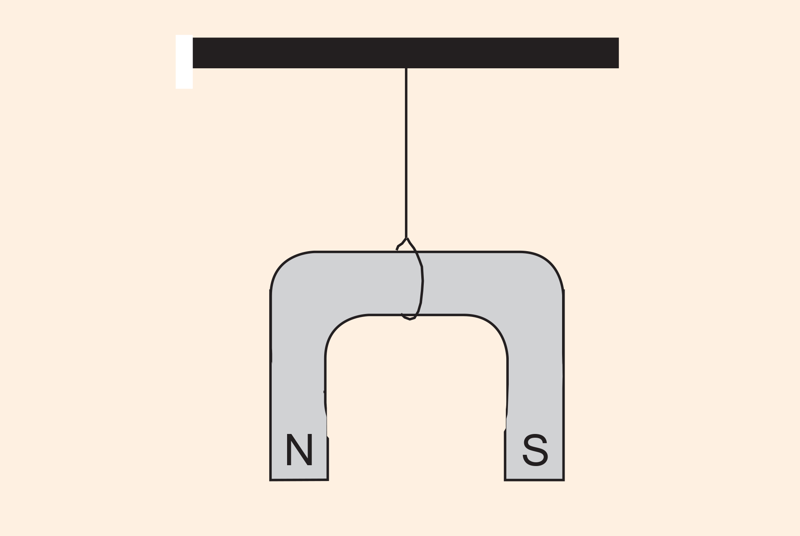Materials may be classified according to their magnetic properties. There are those that are attracted by magnets and others that are not attracted.
Some materials are attracted while others are not attracted by bar magnets. Those which are attracted are called magnetic materials while those which are not attracted are called non-magnetic materials. Examples of non-magnetic materials include copper, brass, aluminium, wood, cork, plastic, etc. The magnetic materials that are strongly attracted by a magnet are called ferro-magnetic materials. These include nickel, iron, cobalt and steel.

